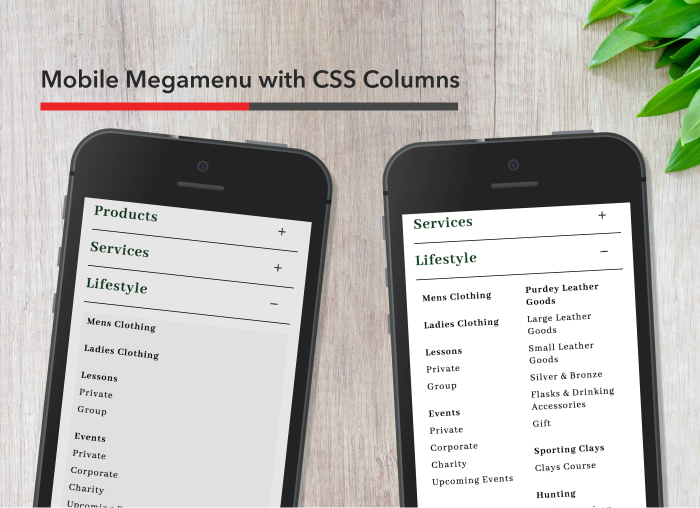The goal of having a well-branded website is for your visitors to leave with certain impressions about your brand. You want to create an atmosphere with your site that is consistent and memorable, so that the positive associations that you create will stay with your visitors long after they are gone.
First things first – Fundamentals:
Lay down the groundwork for creating a brand identity online. You must also remember that you are an intrinsic part of your brand. You must represent your brand in every aspect of your web presence, especially through e-mail and other online communication (social media, etc.) so don’t use free e-mails like gmail or yahoo, because they don’t reiterate your brand identity.
Your Business Name: is easy to pronounce, spelled like it sounds, unique
Your Slogan: Says exactly what your business does.
Your Website’s URL: Is the same as your business name
Your E-mail: is [email protected] Every e-mail ends with a link to your website.
What is a brand?
A brand is an association that a person, either consciously or subconsciously, makes connecting your business with any or all of the following:
- Logo
- Energy
- Imagery
- Sounds
- Phrases
- Feelings
Branding Your Website:
The first thing you will need to do with your designer is to make a few crucial decisions. These decisions will lay the groundwork for your website and it is important that every aspect of your website displays consistency in the following criteria:
Color: Must be aesthetically pleasing. Color will be the base element of all your design-related decisions.
Character: What is the general personality of your business?
Emotion: What kind of energy do you want your visitors to feel when they think about or see your brand?
Color:
Colors must most importantly be aesthetically pleasing – but they also have many subconscious associations. Think about the psychology of color when you are branding your business. Keep in mind that different colors can mean different things for different cultures, but in general:
Red – passionate and powerful
Blue – calm, logical and clean
Green – youthful, earthy, modern
Brown – is dependable
Pink – fun
Black – exclusive and luxurious
Purple – elegant, regal, and spiritual
Your color palette will set the mood for your site.
Character:
Your design must express your character whether it be through illustrations, characters, or lack thereof. A quirky, hand drawn script logo will portray a completely different attitude than a strong serif font with rigid form.
Emotion:
Emotion is probably the trickiest thing to capture because it is the most abstract. The idea here is that emotions are memorable and if you can inspire emotion in your visitors, they will forever relate your brand to a certain feeling. For example, a spa’s website probably wants to use relaxing colors, ethereal photographs, open space, and a calm tone of voice. On the other hand, a motorcycle company like Harley Davidson will have heavy black shapes with vivid photographs and direct language that portrays a life on the move.
Implementing your brand can be simple if you remember the following simple rulees:
Consistency: People remember things that are repeated. Reuse and recycle the same colors, shapes, fonts, icons, and phrases.
Logo Placement: Visitors will instinctively look to the upper left corner of your page to figure out where they are. You ideally want your logo to be the 2nd or 3rd thing a visitor sees.
Value Proposition: Immediately tell visitors that they have come to the right place. Tell them directly how they will benefit from doing business with you.
Examples of exceptionally well-branded websites:



In conclusion:
Branding strategy is one of the most important decisions you can make for your business. You need to decide how you want your service or product to be remembered and create positive associations based on those decisions. Using colors and other visual elements along with tone of voice, emotion, and character – you must create an identity that will be remembered long after a visitor has left your page.
Customer Success Manager







